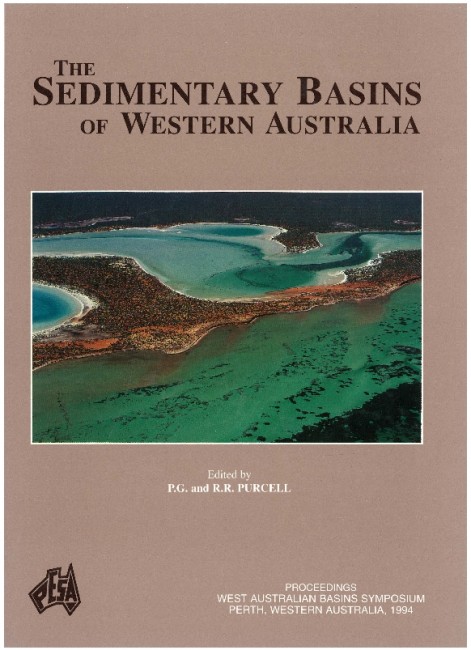Publication Name: The Sedimentary Basins of WA
Authors: Malcolm I. Ross and Peter R. Vail
Publication Volume: 1
Date Published: July 1994
Number of Pages: 24
Reference Type: Book Section
Abstract:
During the Berriasian-early Valanginian (early Neocomian), the southern Exmouth Plateau is characterized by a northward-prograding clastic delta system: the Barrow Delta. An integrated sequence stratigraphic interpretation of the Barrow Delta based on 2000 km of seismic data and 25 exploration wells shows that the drainage system of the Barrow Delta underwent a major reorganization during the latest Berriasian, causing the depocentre to switch from the western Exmouth Plateau to the eastern Barrow Rift. Superimposed on this shift are higher frequency eustatic changes: seven eustatic cycles in the Berriasian and four cycles in the early Valanginian. These cycles are unusual because they do not contain all the usual components of classic eustatic cycles. Five of the Berriasian cycles and one of the Valanginian cycles are incomplete; they are basinally restricted cycles and have only the lowstand system tract characteristics.The eustatic history derived is compared to regional and global eustatic studies. The best correlation is with the eustatic history of the Berriasian strato-type section in the Vercors Mountains of France. Eustatic events reported in the Vercors Mountains have a similar frequency and magnitude to the eustatic history of the Barrow Delta. This correlation suggests that eustatic events correlated herein are global and, consequently, that the hydrocarbon-trapping sands and -sealing shales associated with these events will be more continuous and
widespread than any local sand or shale formations.


